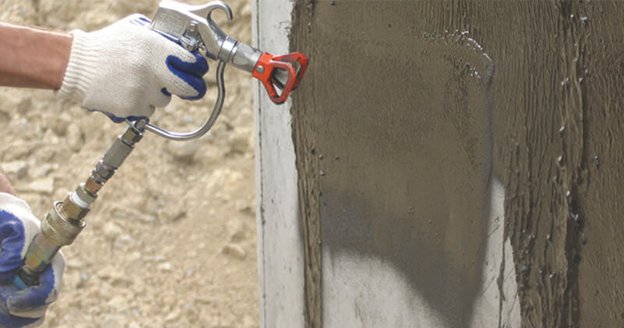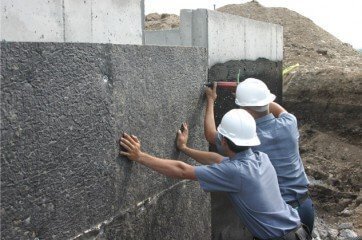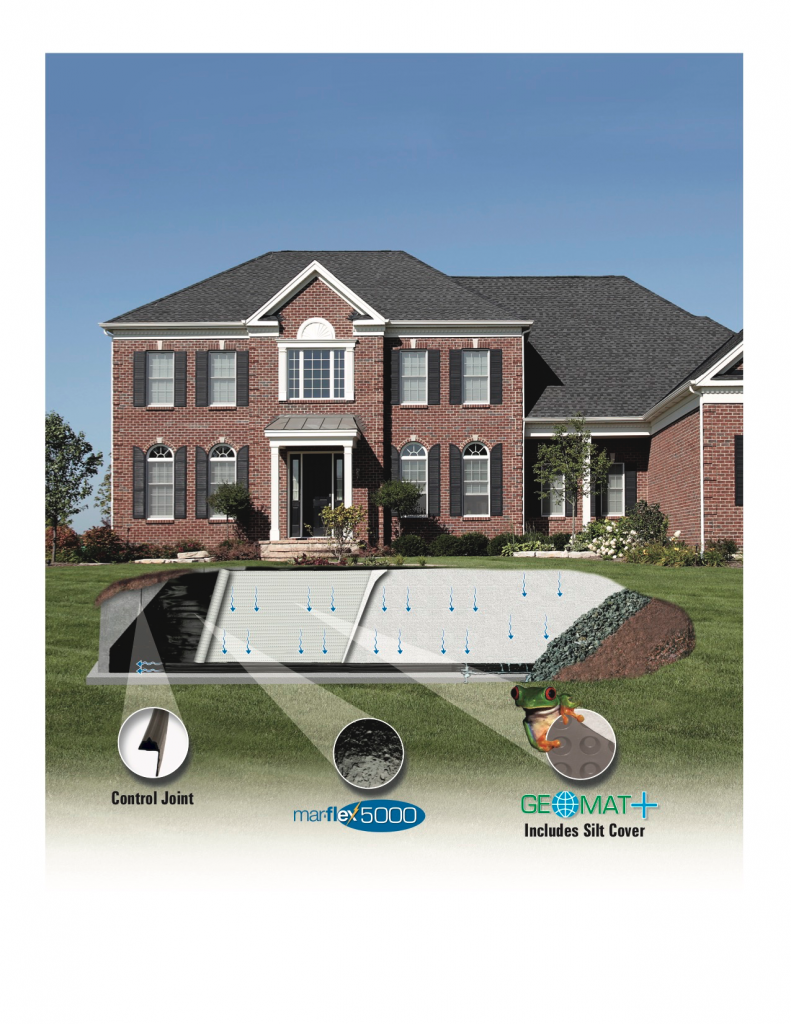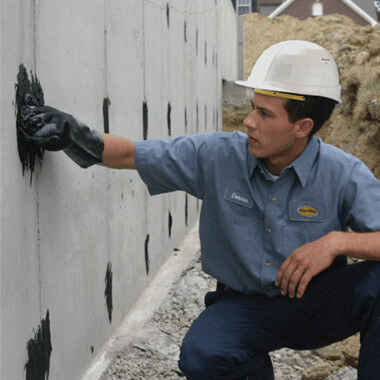 We can all agree that a waterproof basement is critical to health and well-being, property value and building longevity. Although a damp basement may feel like a ubiquitous problem with no solution, the opposite is, in fact, quite true. As much as 60% of a building’s ventilation is sourced from basement air. If water and mold issues in a basement aren’t addressed, they can impact the entire house.
We can all agree that a waterproof basement is critical to health and well-being, property value and building longevity. Although a damp basement may feel like a ubiquitous problem with no solution, the opposite is, in fact, quite true. As much as 60% of a building’s ventilation is sourced from basement air. If water and mold issues in a basement aren’t addressed, they can impact the entire house.
But while wet basements may be a common problem for homeowners across North America, the solution will vary depending on where the home is located. Factors like annual precipitation, temperature and soil type greatly affect the type of water intrusion in a home, as well as the best way to waterproof a basement.
Today we’re going to look at three different climate types, explore the common causes of wet basements in those areas, and how to address them. Every basement needs a custom solution when being built, but there are trends you can expect from one part of the country to the next.
Basement Waterproofing Solutions for Cold Climates

Areas where temperatures regularly drop below freezing are subject to different water intrusion risks than homes in other climates. Water expands as part of the freeze-thaw cycle, so any water already in a foundation crack and pressing against a weak spot in the concrete has the potential to cause further damage when the temperatures drop and the water expands.
As a result of these freeze-thaw events, foundation cracks can expand quickly and often when they are least accessible: while the ground is frozen. This can be further aggravated if the basement itself is poorly insulated. A poorly insulated basement radiates heat from the inside, which can create a thin layer of liquid water in the frozen ground, facilitating its entry into the basement.
Basements in cold climates are also more susceptible to increased water load. A snowstorm represents a huge amount of water deposited in a location at one time, compared to rain which falls to the ground and drains away steadily. For snow, melting occurs quickly, increasing the hydrostatic pressure against the concrete.
When building a new home, working from the outside, you’ll want to install both a waterproofing membrane and a drainage/insulation board. Make sure the foundation is fully dry before installing the membrane and board.
Once water is flowing away from the basement, thanks to the membrane, you’ll also want to install a subgrade drain system—either a French drain or a sump pump—to carry water away before it enters from under the floor. These basement waterproofing systems will be discussed more in the next section.
Basement Waterproofing Solutions for Wet Climates

In wet climates with rainy springs and potentially high water tables, the name of the game is drainage. Wet springs and rising water tables lead to saturated soils and high hydrostatic pressure against your foundation.
A dimpled drainage mat is an effective waterproofing product. The dimples increase surface area, allowing for greater drainage capacity, moving water away from the walls and toward a comprehensive drainage system.
French drains collect water around the base of the foundation. Typically perforated and surrounded by gravel, water that percolates down the waterproof membrane and drainage mat collects in the French drain and flows away from the foundation toward drainage tile.
For especially wet areas where a French drain isn’t enough, mechanical support via a sump pump is also a relatively affordable waterproofing solution. Sump pumps are dug below the foundation grade, and actively pump water away.
Basement Waterproofing Solutions for Dry Climates

Even in drier climates with relatively little annual rainfall and low water tables, homeowners should still make sure their basements are properly waterproofed in order to protect their health and well-being, as well as their investment. While waterproofing needs in drier climates are not as elaborate as they are elsewhere, here are a few solutions to consider:
- Proper grading. Water should always flow away from the foundation. If there are any low spots—either the soil, concrete, or paving stones—these should be brought up to grade to keep the foundation dry in the event of rain.
- Well sealed and graded hardscaping. Brick, stone and concrete paving is popular for patios and walkways. But although these surfaces are hard, they are often porous, allowing water to accumulate and sit close to your foundation. Make sure hardscaped features are well-sealed and graded away from your home.
- Dampproofing. To be extra sure, apply dampproofing to the basement interior, and promptly repair any cracks with hydrostatic cement or waterproof mastic.
- Vapor barrier. If a home is built over a dirt crawlspace, rather than a full basement, make sure a vapor barrier is installed over the soil. This will prevent any moisture from diffusing up, as well as help mitigate nuisances and risks associated with insects or radon gas.
Waterproofing Solutions for Every Climate
Mar-flex offers concrete waterproofing solutions for every climate. Our durable membranes and protection/drainage boards are designed to last for decades and protect homes for their lifespan.
If you want more information on the best waterproofing products for your new build, click here to visit our website.
